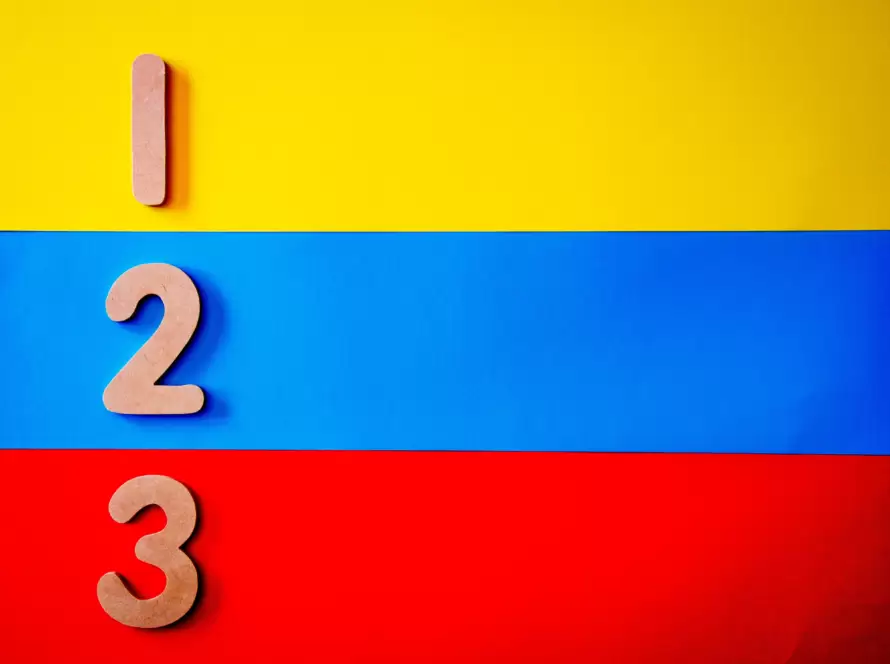Generated by Contentify AI

HTML, short for HyperText Markup Language, is the backbone of the World Wide Web. It serves as the standard markup language for creating webpages and applications. As a web developer or designer, having a basic understanding of HTML is essential.
HTML is responsible for organizing and structuring content on a webpage. It uses tags to define elements such as headings, paragraphs, images, links, and more. These tags, enclosed by angle brackets, allow browsers to interpret and display the content correctly.
One of the simplest tags in HTML is the
tag, which defines a paragraph. By surrounding your text with this tag, you can create meaningful blocks of content. Additionally, you can use the
to
tags to create headings of varying sizes, with
being the most prominent.
being the most prominent.
To add images to your webpage, the tag comes into play. This tag requires a source attribute, which specifies the path or URL of the image file. You can also add an optional alt attribute to provide alternative text for screen readers or when the image fails to load.
Links, a fundamental part of the web, are created using the tag. The href attribute determines the URL of the destination webpage. Adding descriptive text between the opening and closing tags creates the clickable link.
Apart from these basic elements, HTML offers various tags to structure text, create lists, insert videos and audio, and much more. By combining different tags effectively, you can build a visually appealing and interactive webpage.
Understanding HTML is crucial for anyone venturing into web development or design. It is the foundation upon which more complex technologies, such as CSS and JavaScript, are built. Mastering the basics of HTML will provide you with a strong start and serve as a gateway to unlocking the vast potential that the web has to offer. So, dive into HTML, learn its tags, and unlock the power to create stunning webpages!



